Ed Ruscha’s nostalgic ode to Oklahoma
‘Ed Ruscha: OKLA’, the pioneering American artist's first solo exhibition in his home state, explores the impact of Oklahoma on his storied career
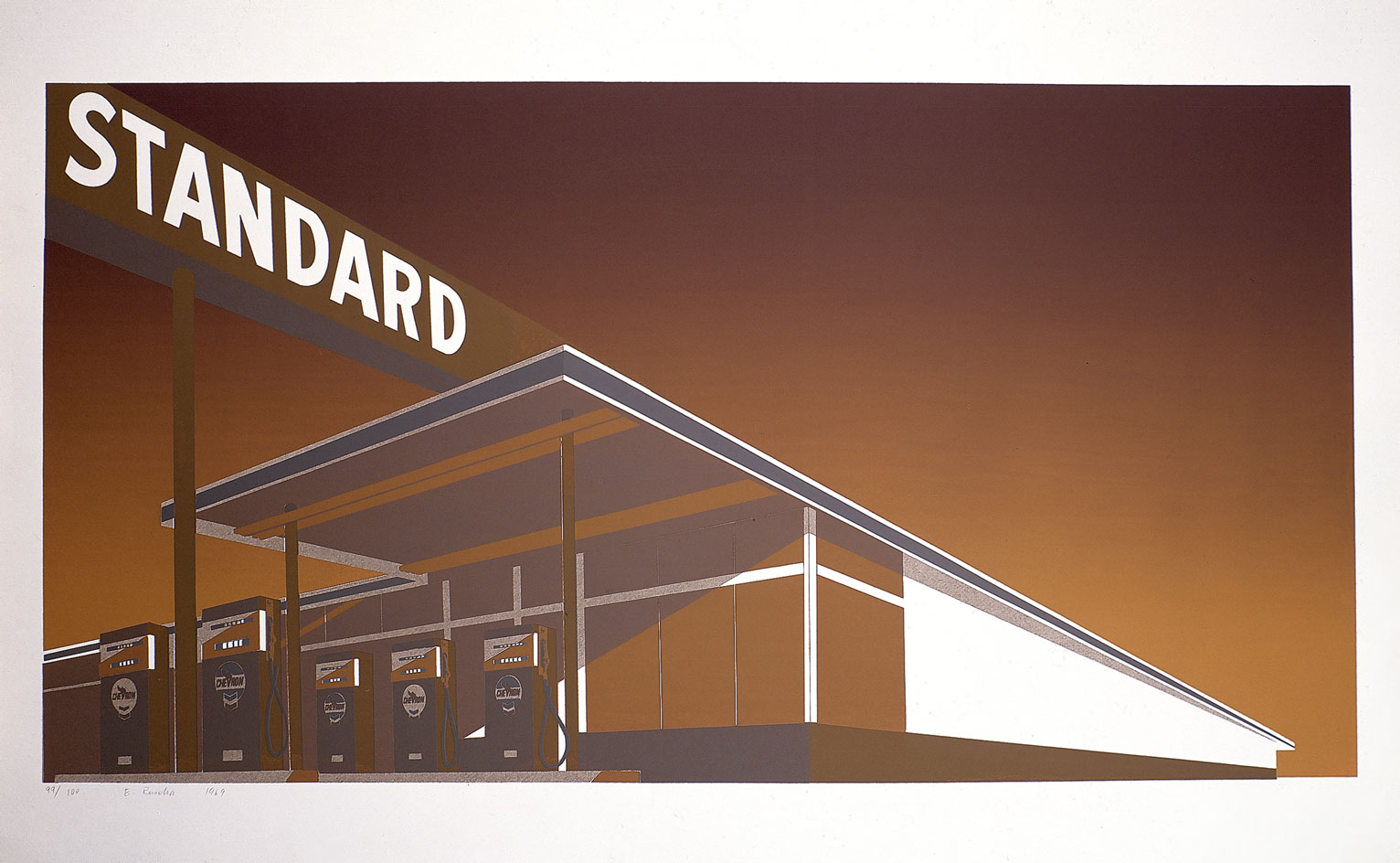
One might associate Ed Ruscha with sun-drenched cityscapes of Los Angeles, a filtered California cool rendered in his unmistakable linear pop and instructive, provocative text-based works. But Ed Ruscha is not from Los Angeles, he’s from Oklahoma, a city which, as a new exhibition at Oklahoma Contemporary proves, left a lasting impact on his career.
‘The mythos of Ed Ruscha is tied to Americana and the open road, both of which are rooted in his childhood here,’ says Oklahoma Contemporary artistic director Jeremiah Matthew Davis. It was 1956 when Ruscha took his first road trip, aged 18, from Oklahoma to Los Angeles, to forge a career as an artist.
Four years in the making, ‘Ed Ruscha: OKLA’ marks the artist’s first solo show in his childhood state and looks back on its influence on his 60-year career.
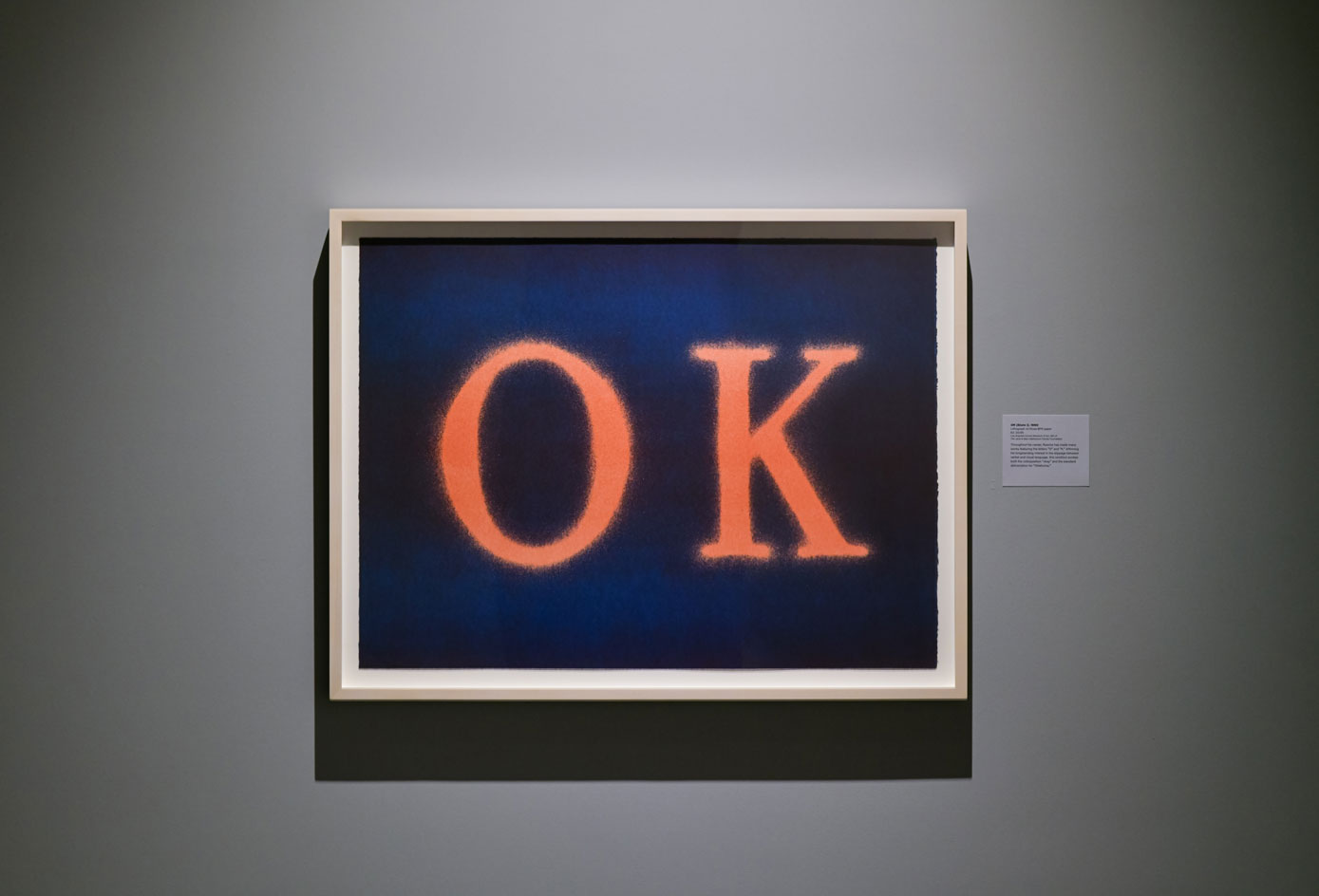
OK (State I), 1990. Los Angeles County Museum of Art, Gift of The Jane & Marc Nathanson Family Foundation © Ed Ruscha
The show is an ode to Oklahoma. It references the city’s geography, vernacular and industry, gazing through the lens of midwestern midcentury American culture through more than 70 works, paintings and a large-scale installation to drawings, prints, books, photos and film. Visitors can expect to encounter iconic pieces such as Twentysix Gasoline Stations and Chocolate Room alongside more recent works such as two Drum Skins paintings.
RELATED STORY
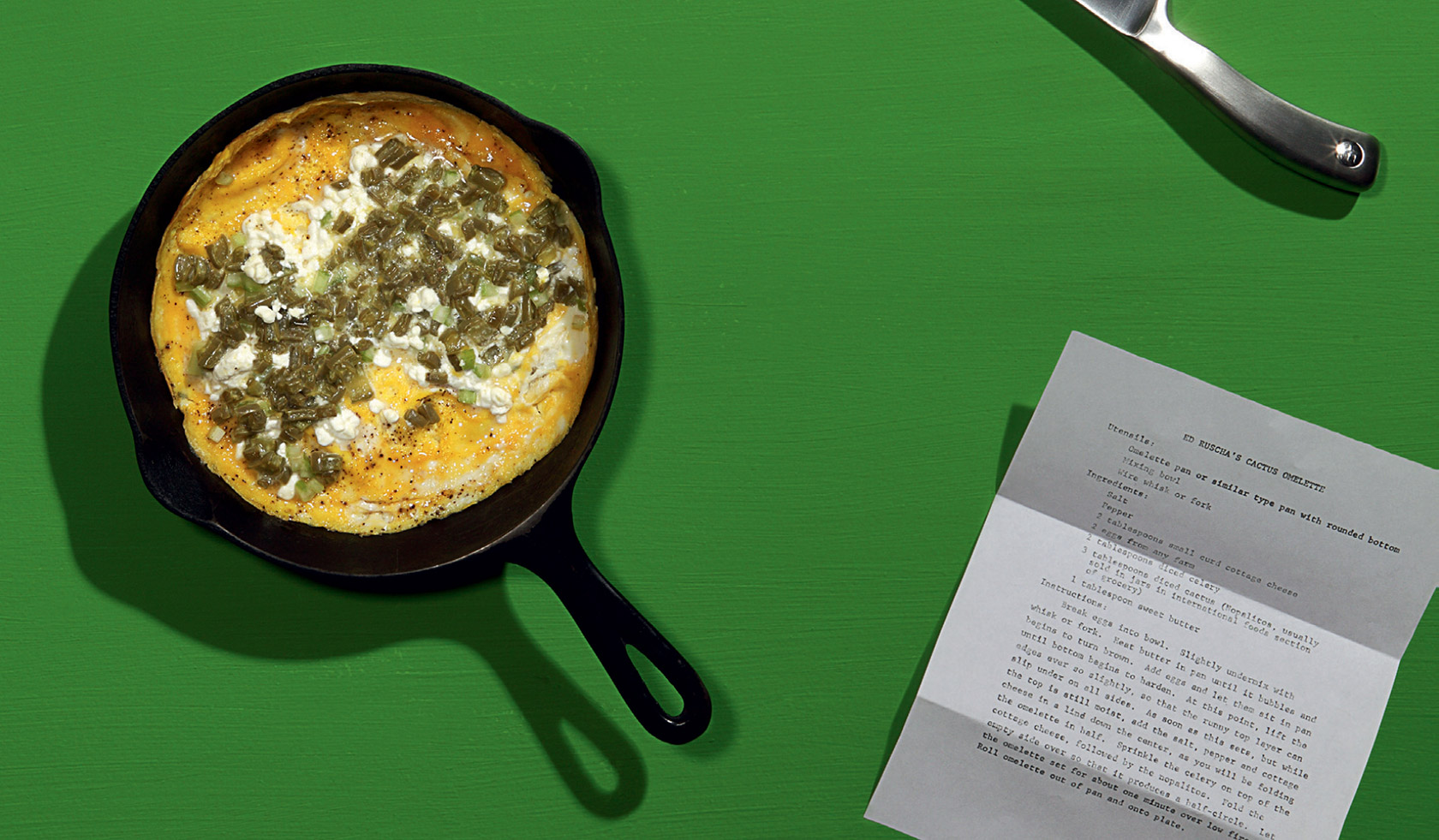
The show is structured around five core themes: Oklahoma OK explores the multitude of references to the city directly in Ruscha’s work. Made in U.S.A. surveys the artist’s perspective as an American and his frequent depictions of the decline of American manufacturing industries, to more potent political statements. 51% Angel, 49% Devil explores the artist’s Catholic upbringing and Pop Origins traces Ruscha’s myriad references to the popular culture motifs of his 1940’s childhood, including movies, comics and advertising. Finally, US 66 delves into the expansive vistas and mythology of the route west, a path well-trodden by the artist as he repeatedly returned to his roots in Oklahoma City.
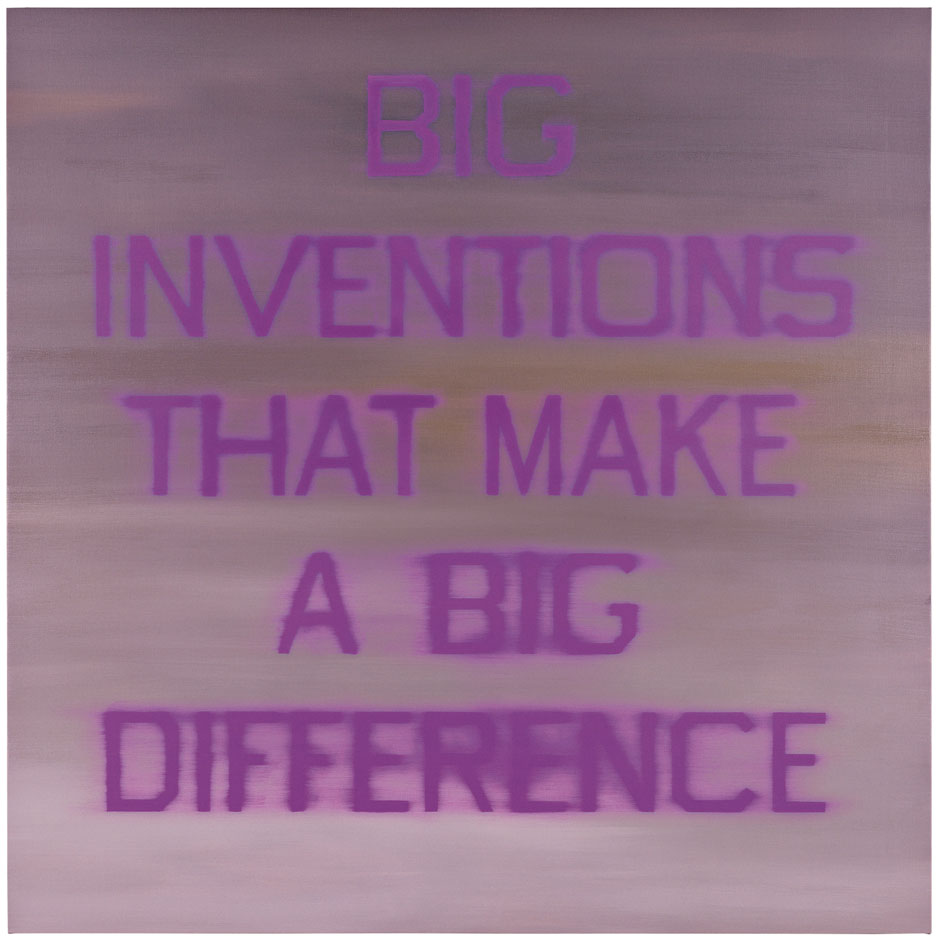
Big Inventions that Make a Big Difference, 1984.
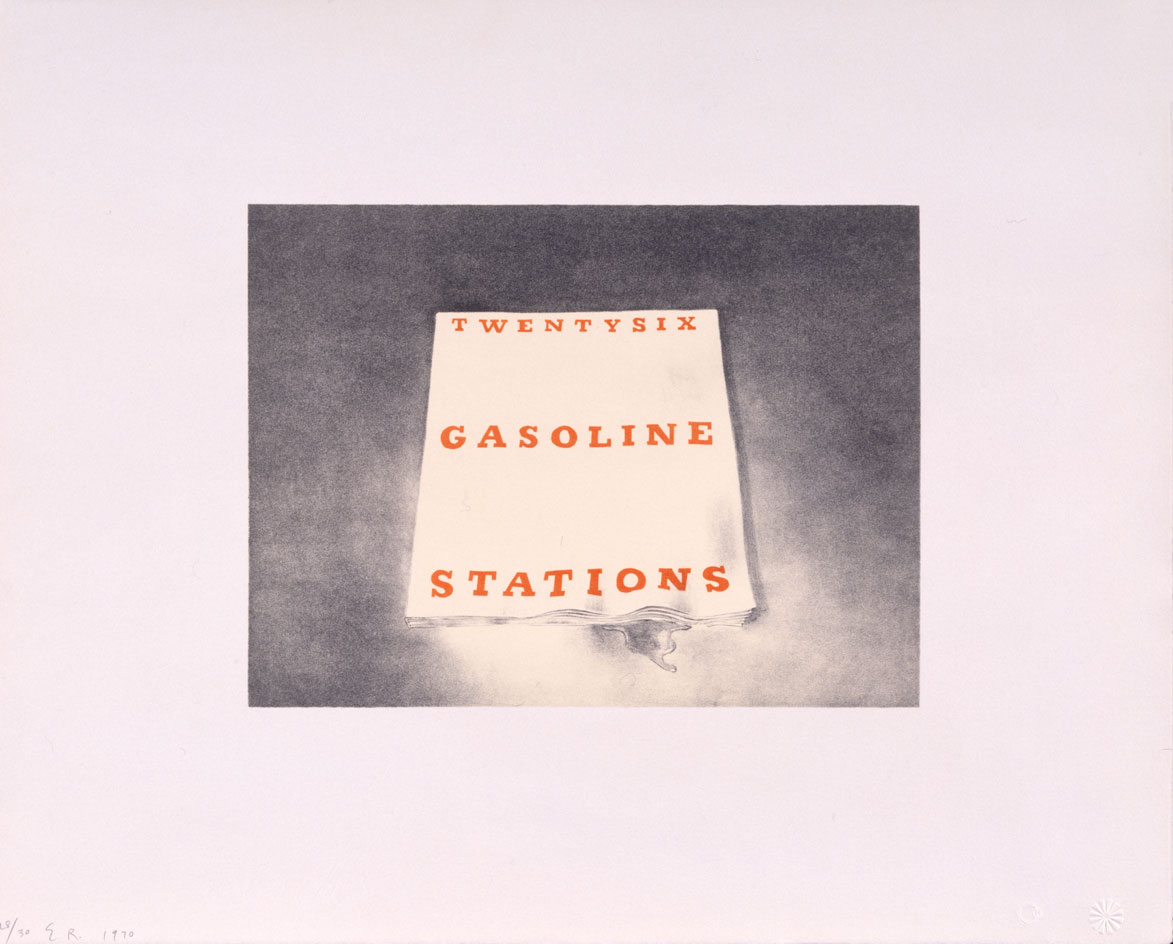
Twentysix Gasoline Stations from Book Covers, 1970.
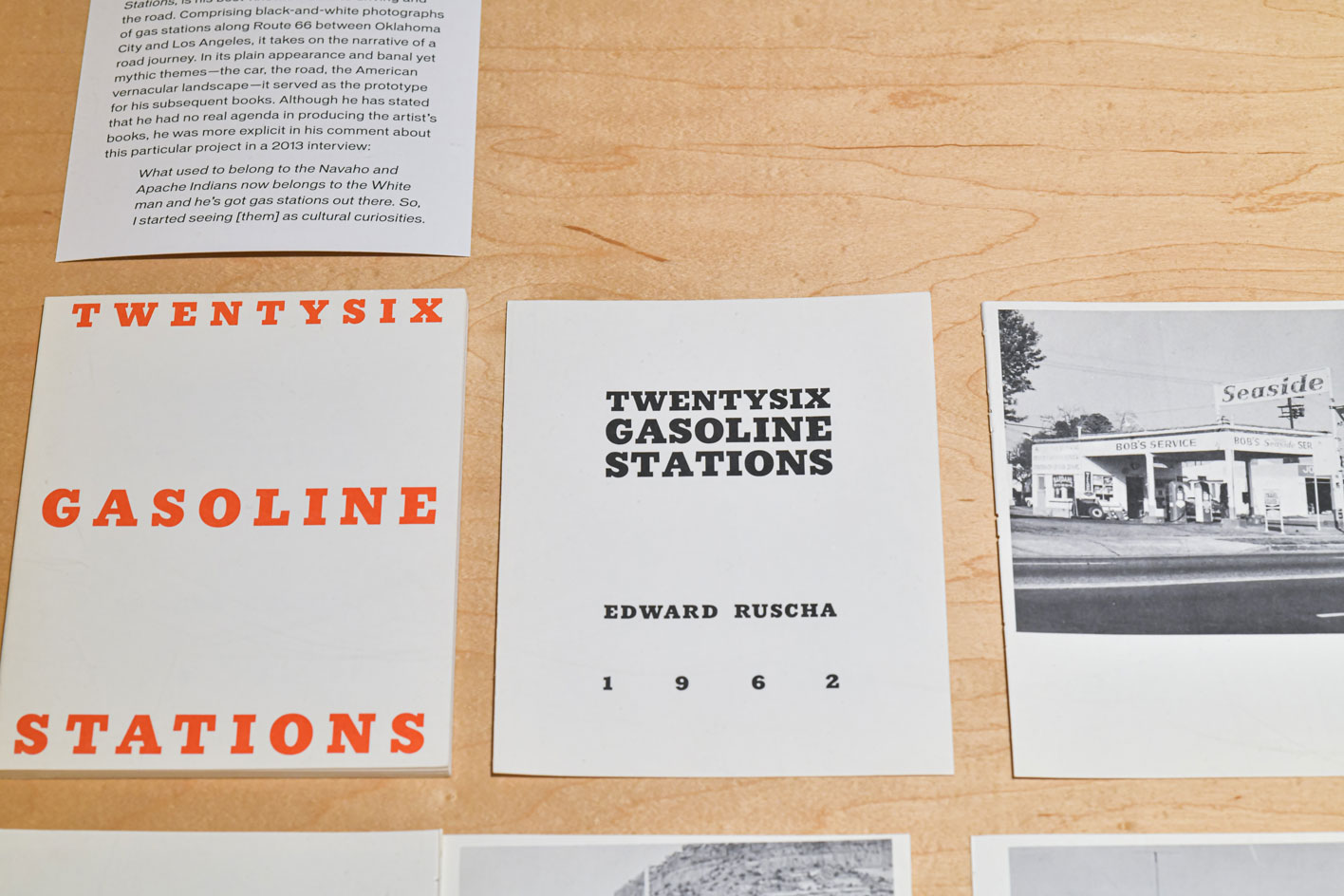
Ed Ruscha, Twentysix Gasoline Stations, 1963 (printed 1969). Collection of the artist © Ed Ruscha.

Portrait of Ed Ruscha. Courtesy of Ed Ruscha and Gagosian
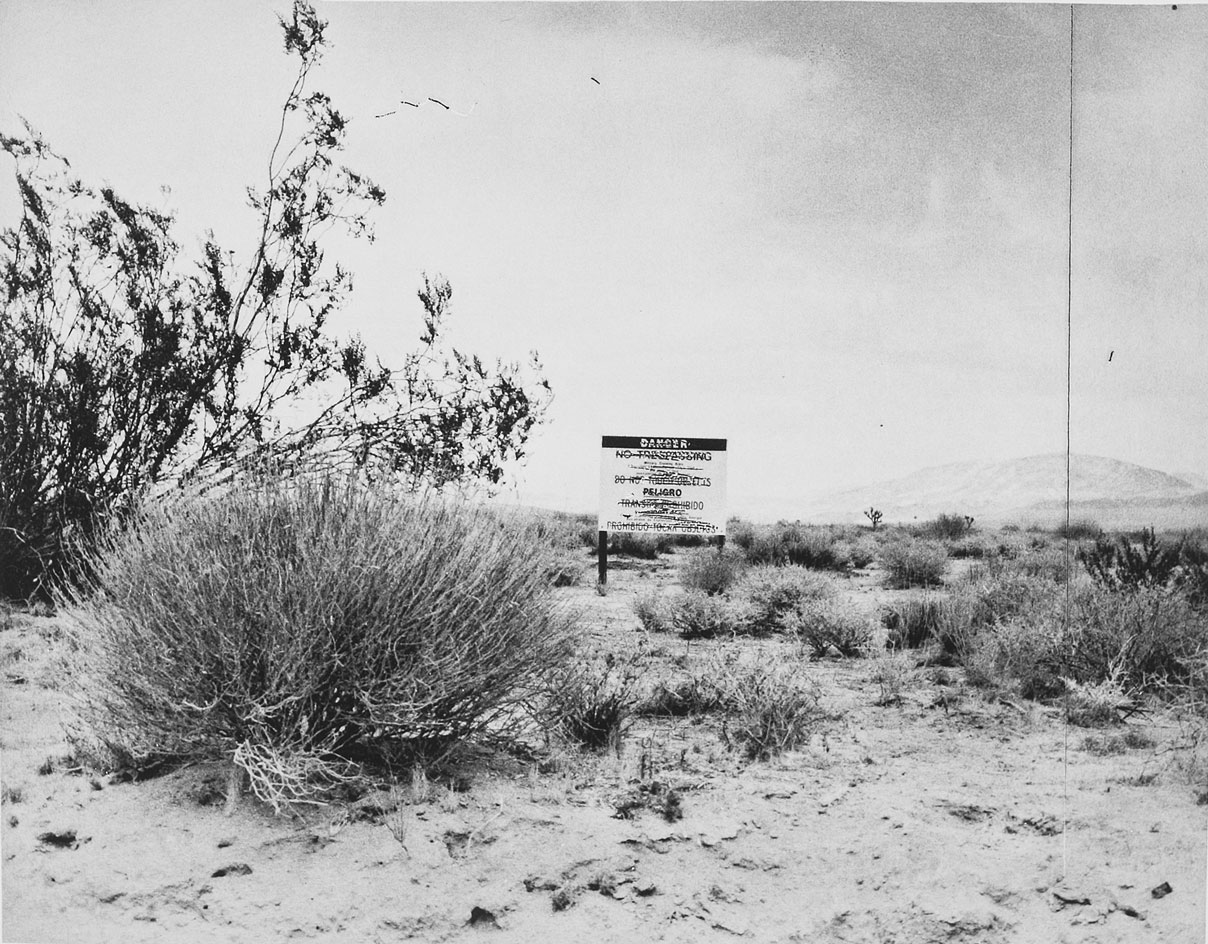
Desert Gravure, 2006. Collection of Jordan D. Schnitzer.
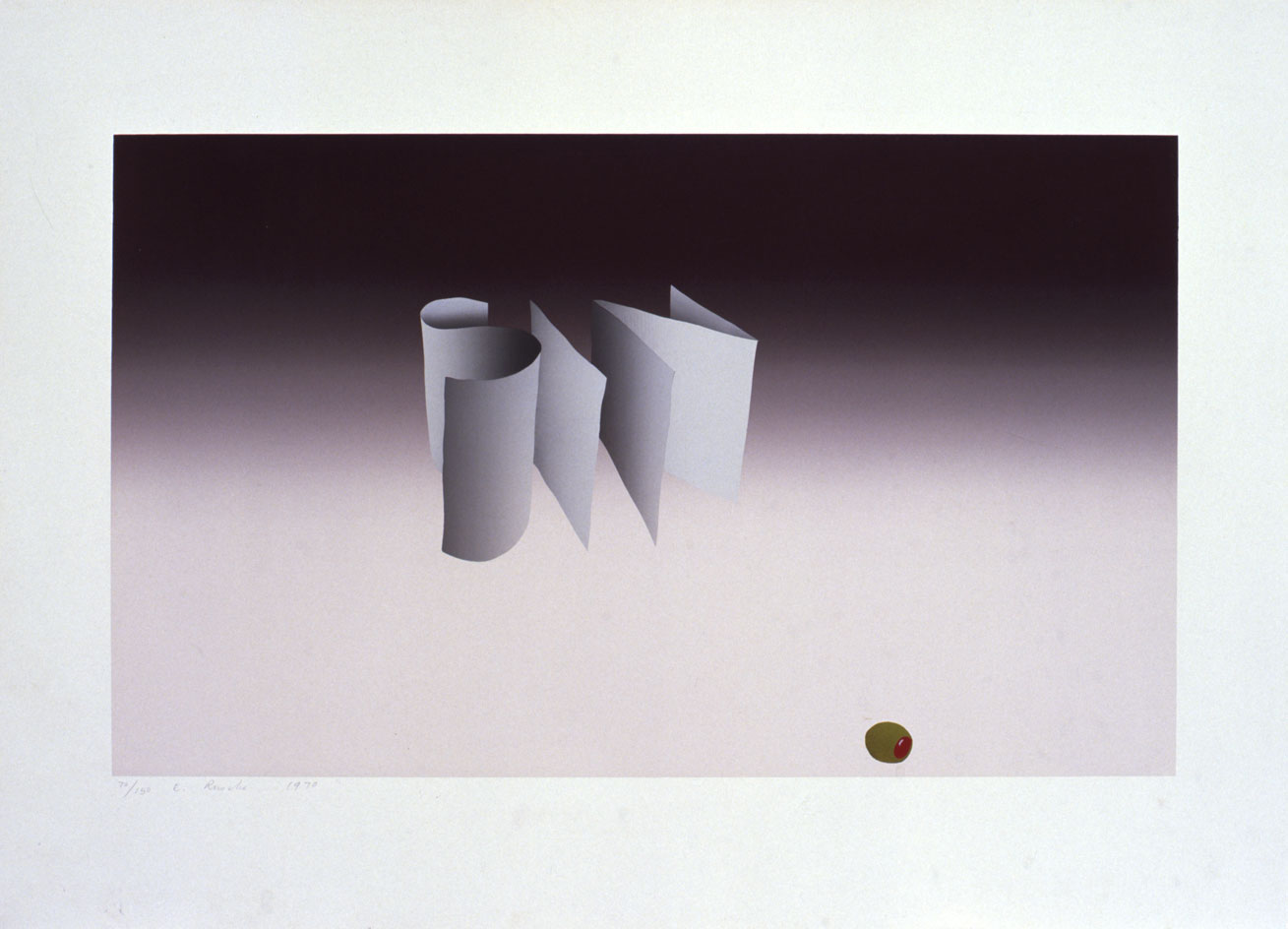
Sin, 1970. UBS Art Collection.
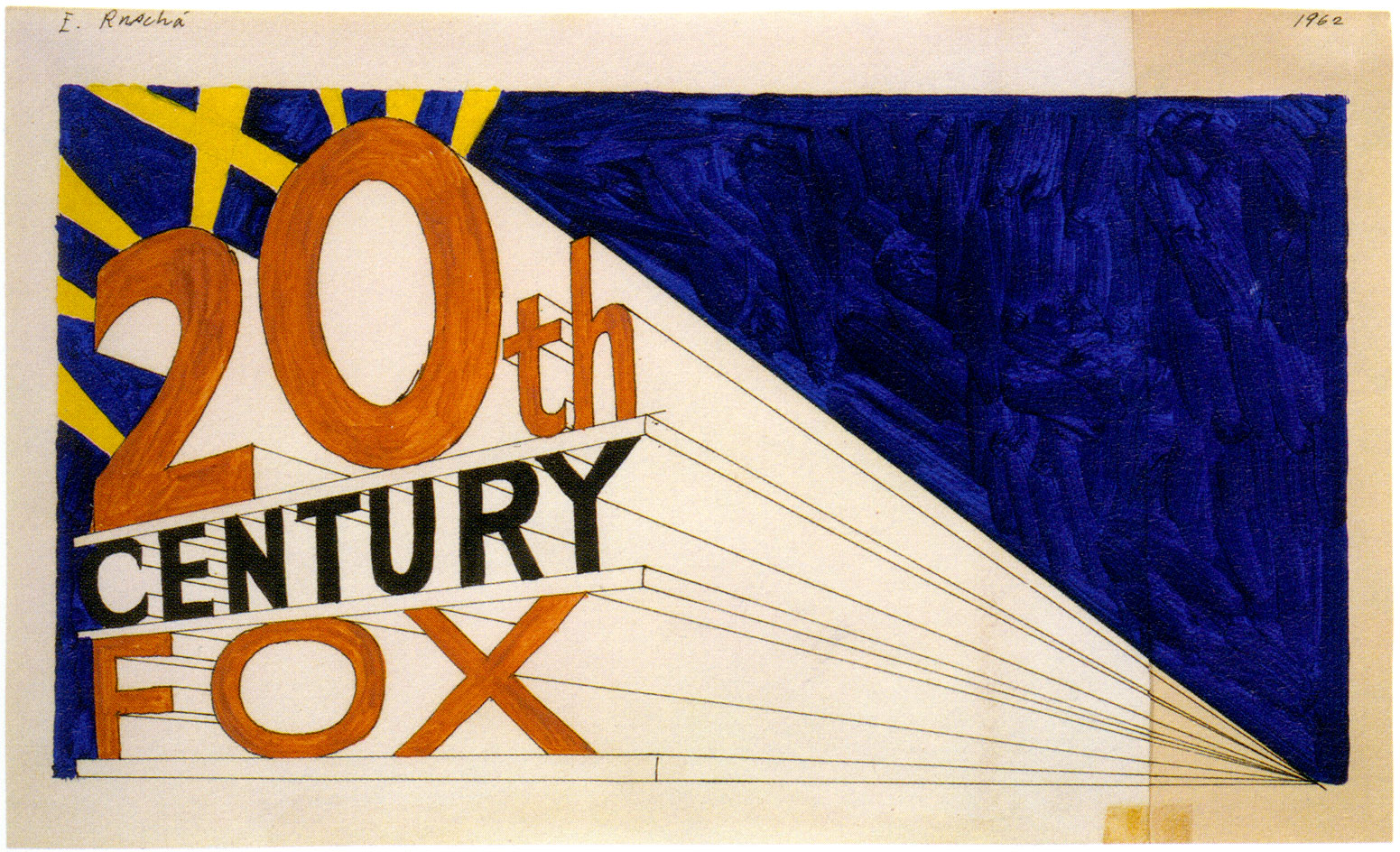
Trademark, 1962. UBS Art Collection.
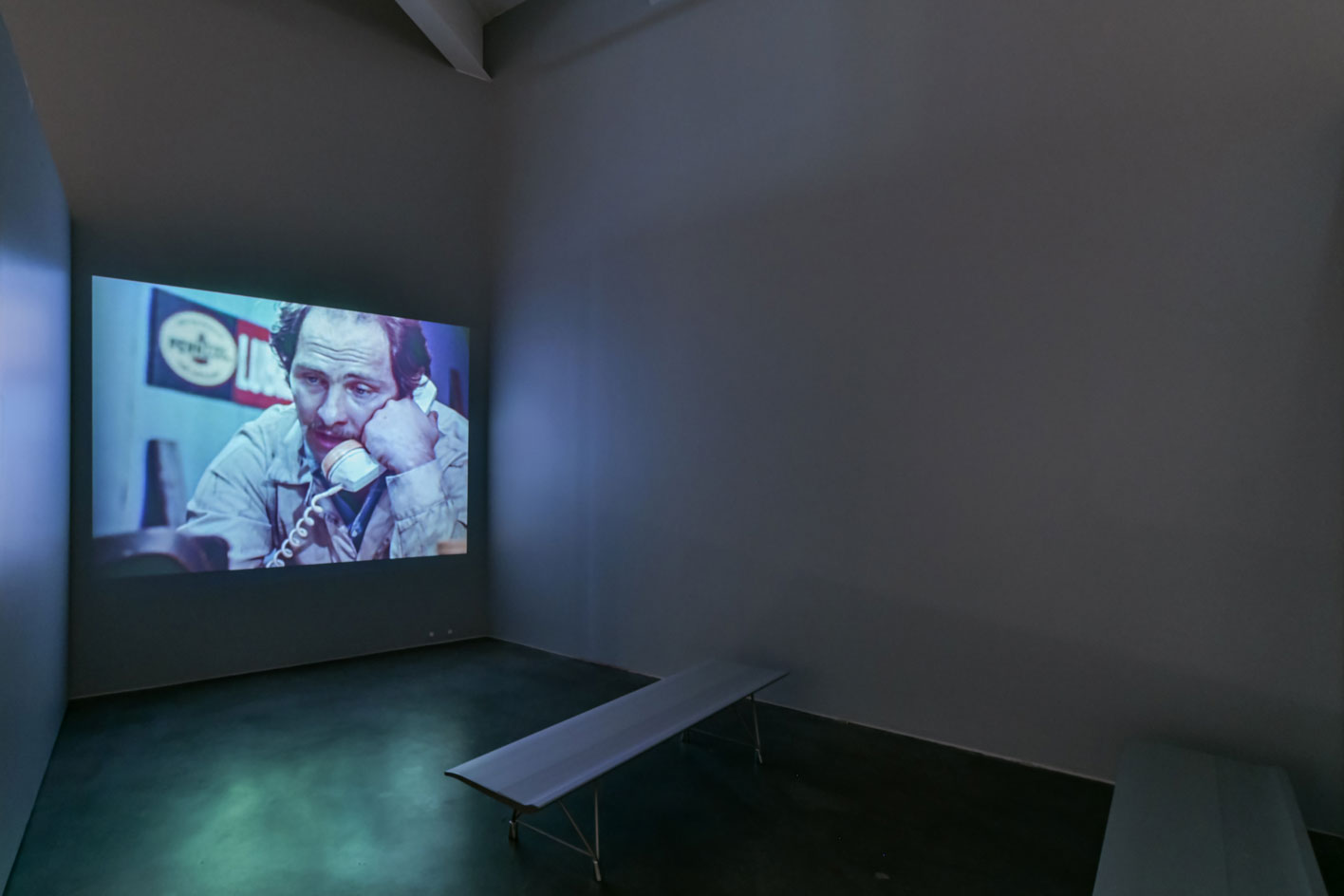
Installation view of 'Ed Ruscha: OKLA'. © Ed Ruscha.
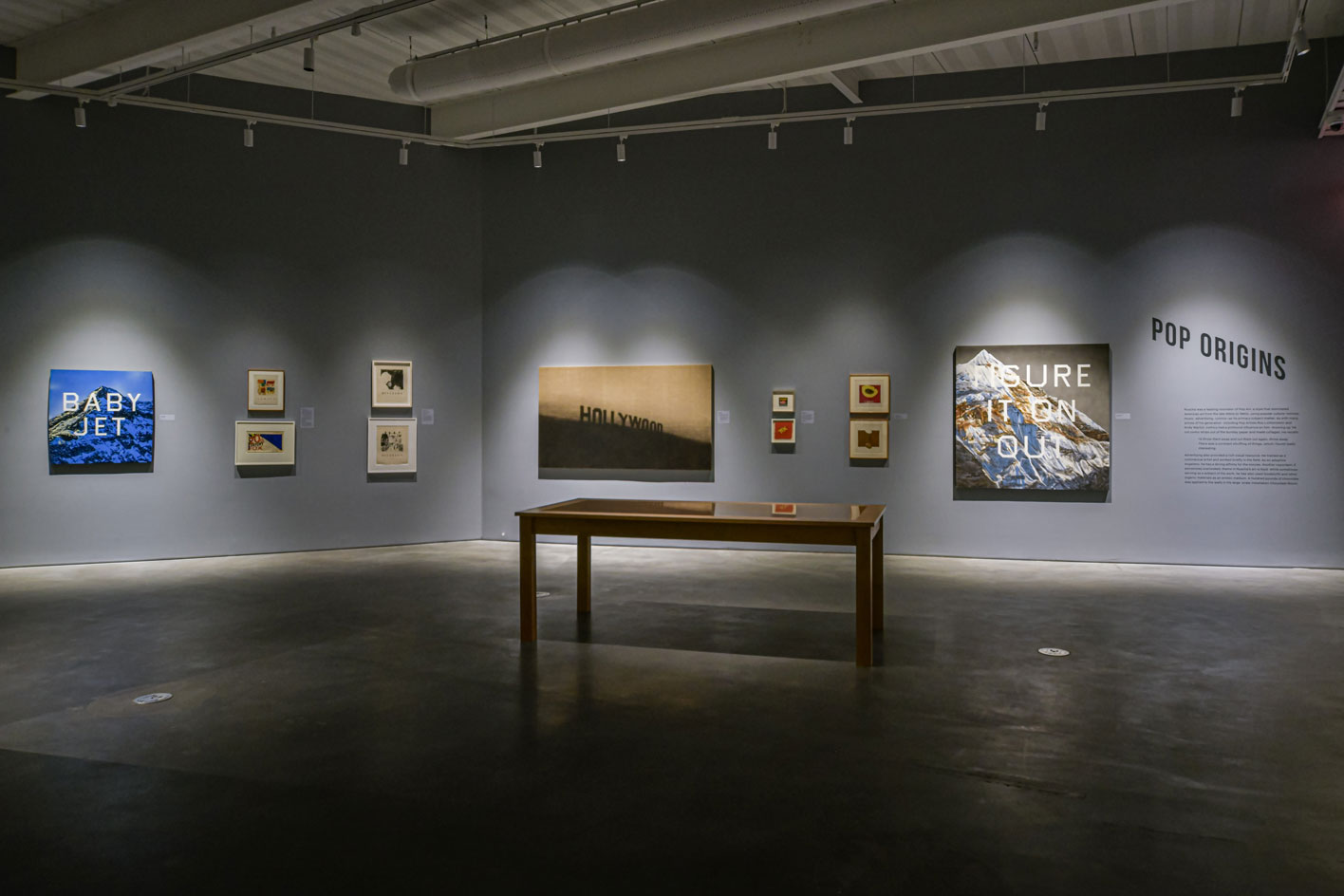
Installation view of 'Ed Ruscha: OKLA'. © Ed Ruscha.
INFORMATION
’Ed Ruscha: OKLA’, until 5 July 2021, Oklahoma Contemporary
oklahomacontemporary.org
edruscha.com
ADDRESS
11 NW 11th St
Oklahoma City, OK 73103
Wallpaper* Newsletter
Receive our daily digest of inspiration, escapism and design stories from around the world direct to your inbox.
Harriet Lloyd-Smith was the Arts Editor of Wallpaper*, responsible for the art pages across digital and print, including profiles, exhibition reviews, and contemporary art collaborations. She started at Wallpaper* in 2017 and has written for leading contemporary art publications, auction houses and arts charities, and lectured on review writing and art journalism. When she’s not writing about art, she’s making her own.
-
 Nikos Koulis brings a cool wearability to high jewellery
Nikos Koulis brings a cool wearability to high jewelleryNikos Koulis experiments with unusual diamond cuts and modern materials in a new collection, ‘Wish’
By Hannah Silver
-
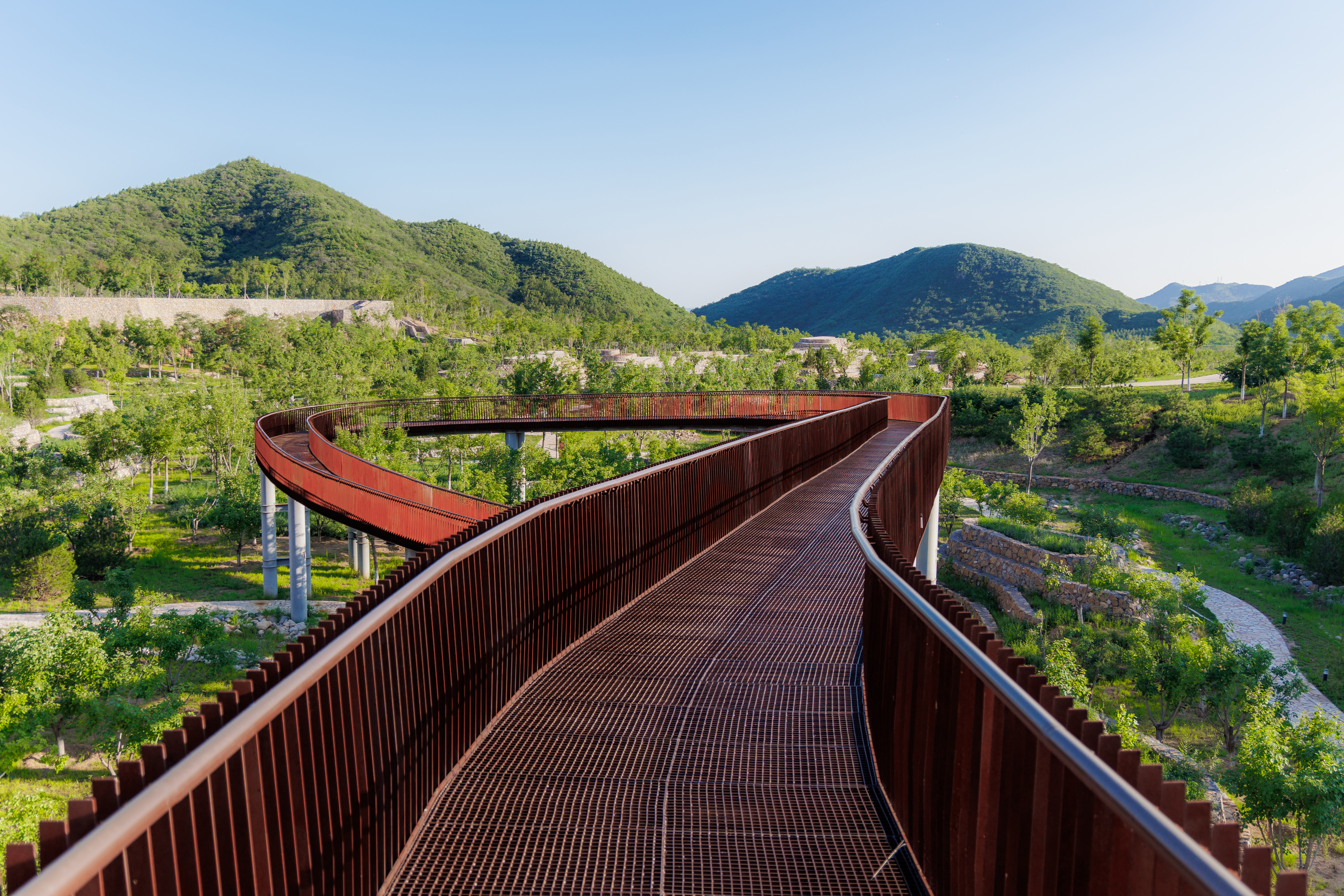 A Xingfa cement factory’s reimagining breathes new life into an abandoned industrial site
A Xingfa cement factory’s reimagining breathes new life into an abandoned industrial siteWe tour the Xingfa cement factory in China, where a redesign by landscape specialist SWA Group completely transforms an old industrial site into a lush park
By Daven Wu
-
 Put these emerging artists on your radar
Put these emerging artists on your radarThis crop of six new talents is poised to shake up the art world. Get to know them now
By Tianna Williams
-
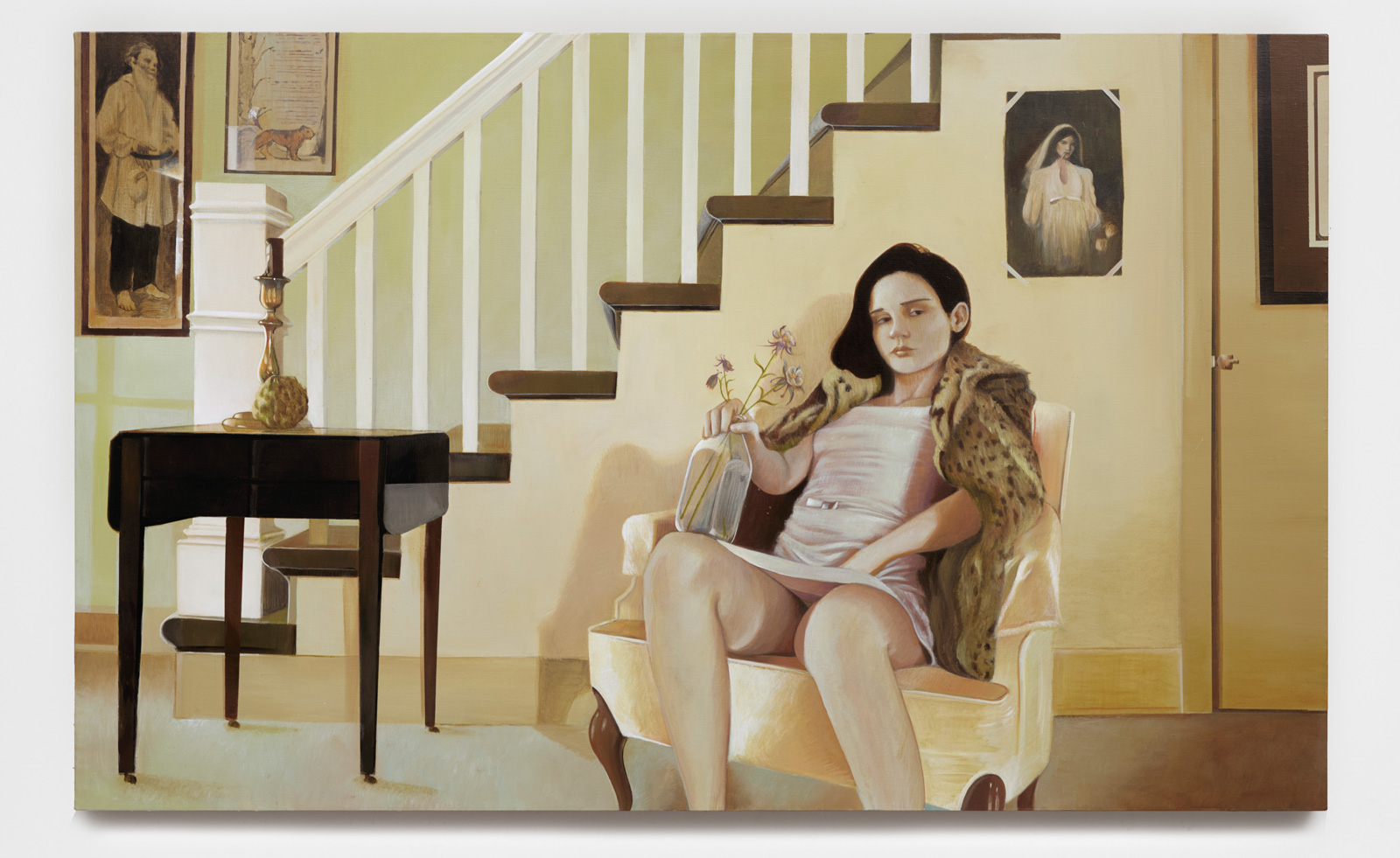 Leonard Baby's paintings reflect on his fundamentalist upbringing, a decade after he left the church
Leonard Baby's paintings reflect on his fundamentalist upbringing, a decade after he left the churchThe American artist considers depression and the suppressed queerness of his childhood in a series of intensely personal paintings, on show at Half Gallery, New York
By Orla Brennan
-
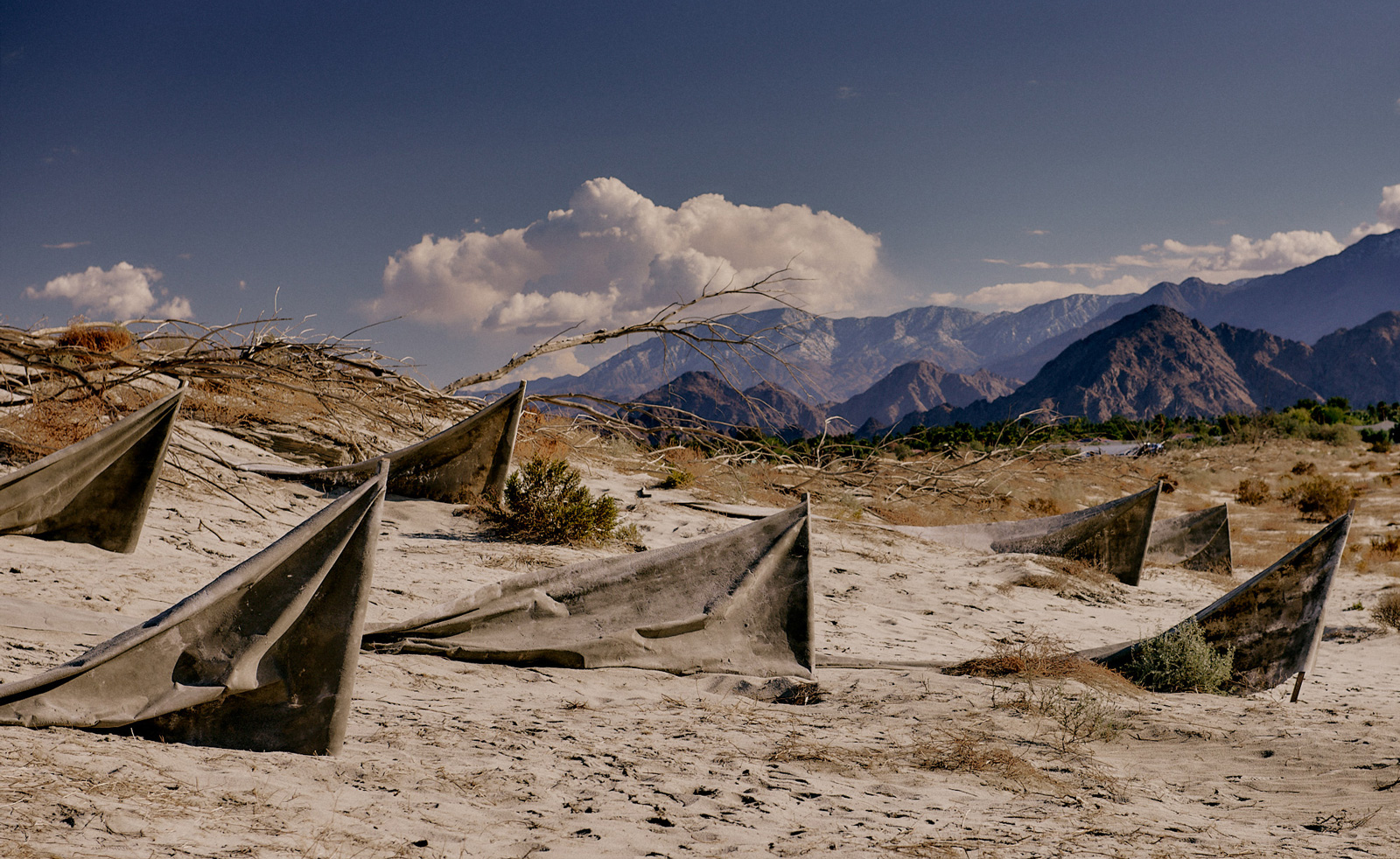 Desert X 2025 review: a new American dream grows in the Coachella Valley
Desert X 2025 review: a new American dream grows in the Coachella ValleyWill Jennings reports from the epic California art festival. Here are the highlights
By Will Jennings
-
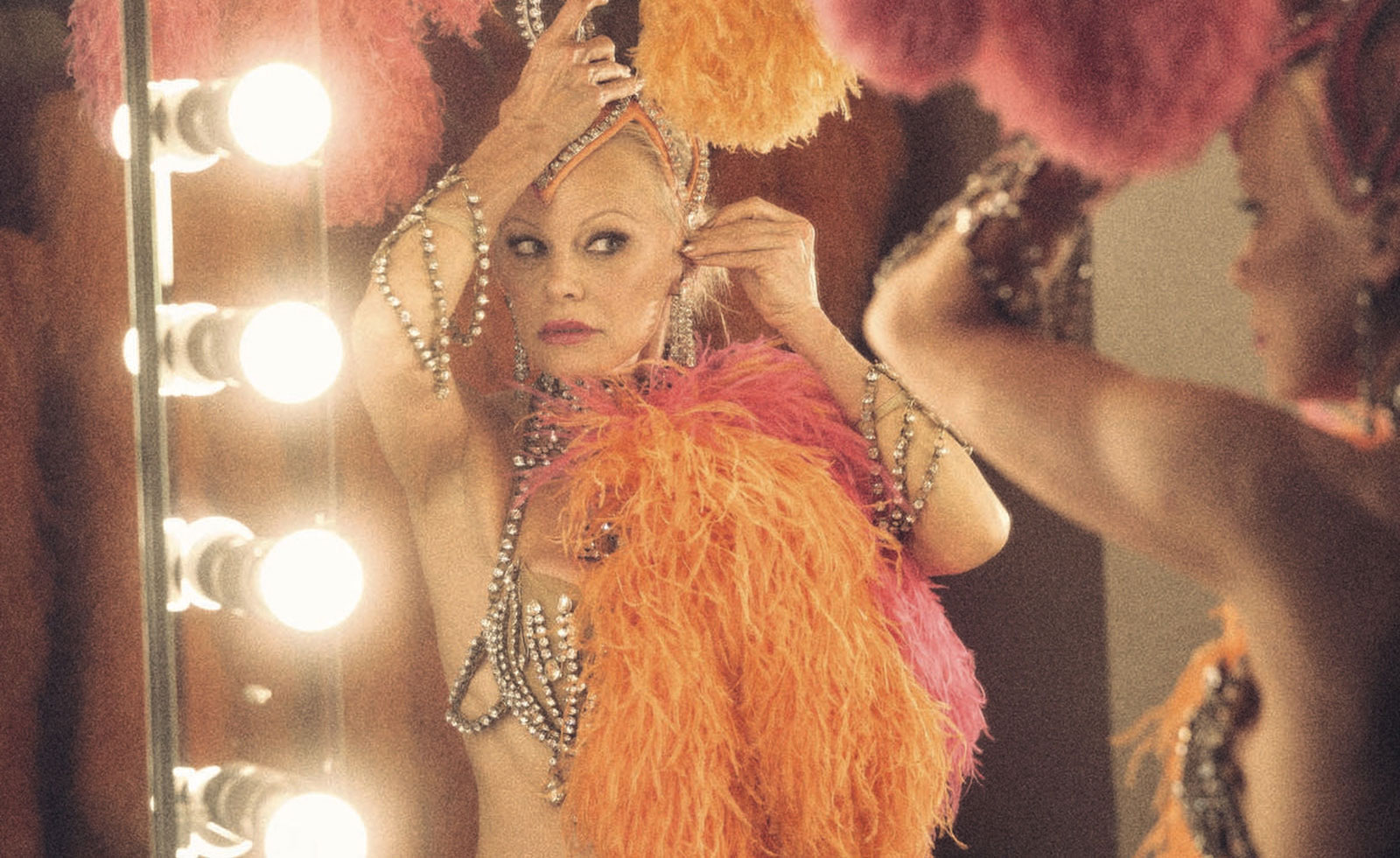 In ‘The Last Showgirl’, nostalgia is a drug like any other
In ‘The Last Showgirl’, nostalgia is a drug like any otherGia Coppola takes us to Las Vegas after the party has ended in new film starring Pamela Anderson, The Last Showgirl
By Billie Walker
-
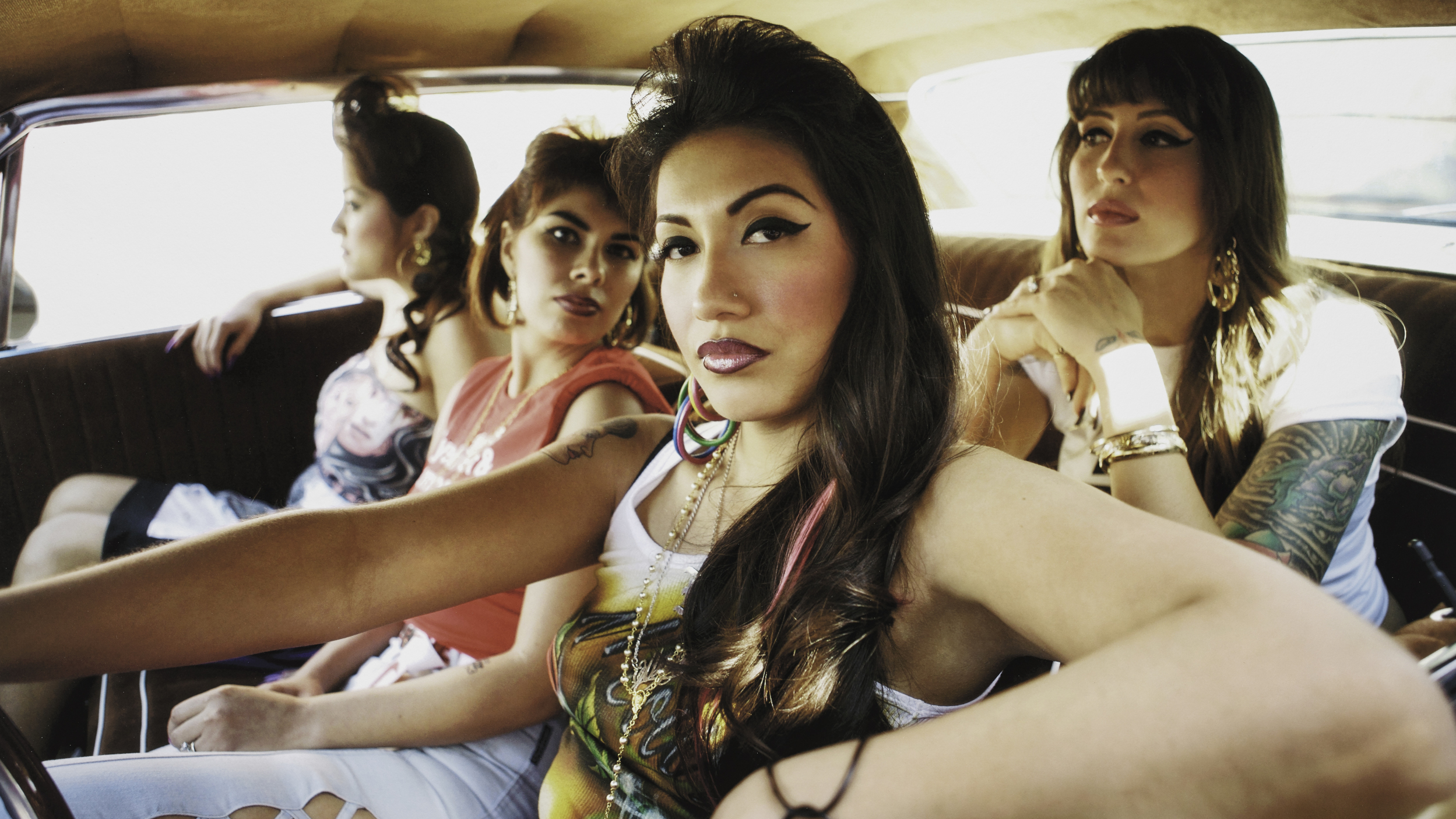 ‘American Photography’: centuries-spanning show reveals timely truths
‘American Photography’: centuries-spanning show reveals timely truthsAt the Rijksmuseum in Amsterdam, Europe’s first major survey of American photography reveals the contradictions and complexities that have long defined this world superpower
By Daisy Woodward
-
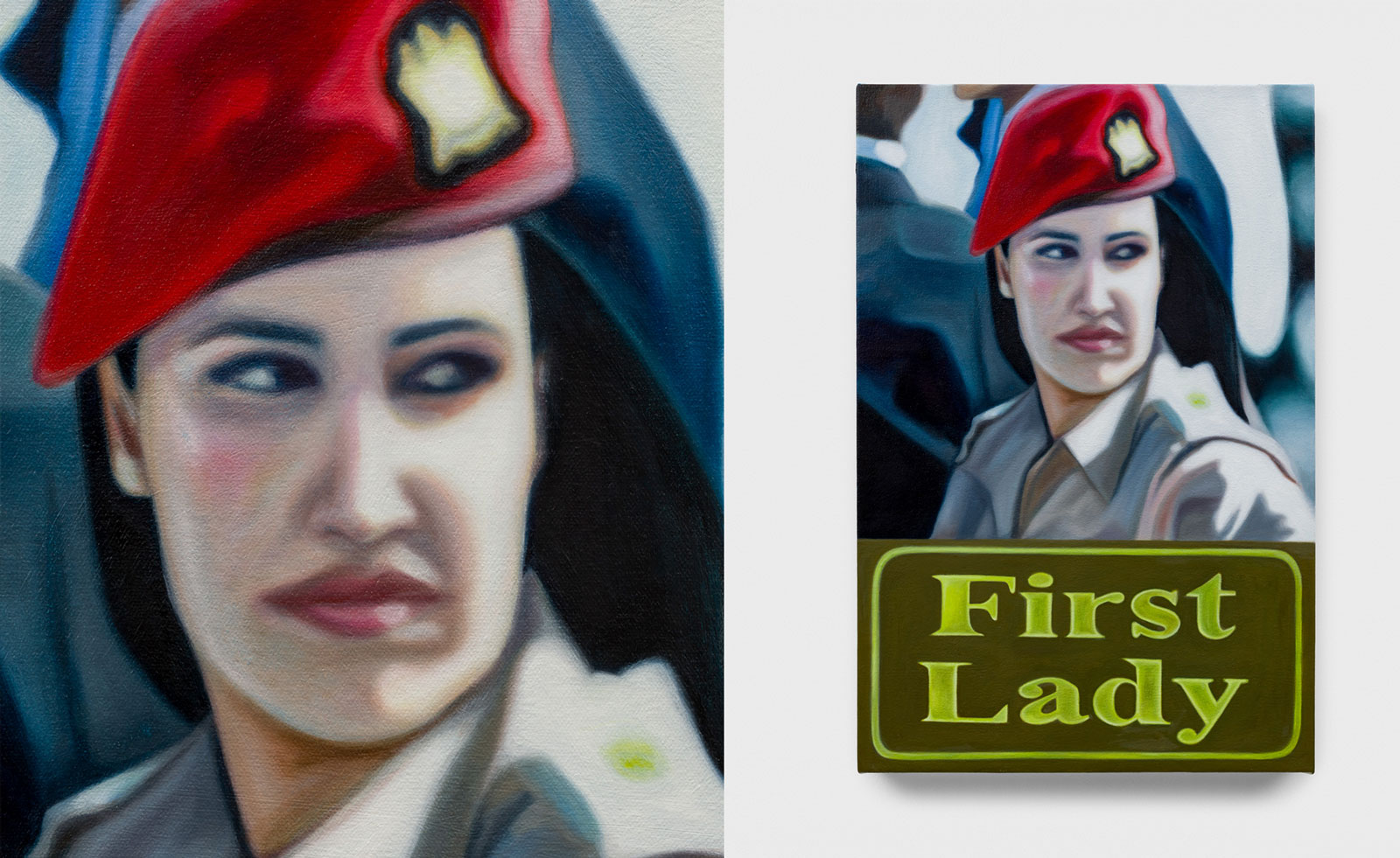 Tasneem Sarkez's heady mix of kitsch, Arabic and Americana hits London
Tasneem Sarkez's heady mix of kitsch, Arabic and Americana hits LondonArtist Tasneem Sarkez draws on an eclectic range of references for her debut solo show, 'White-Knuckle' at Rose Easton
By Zoe Whitfield
-
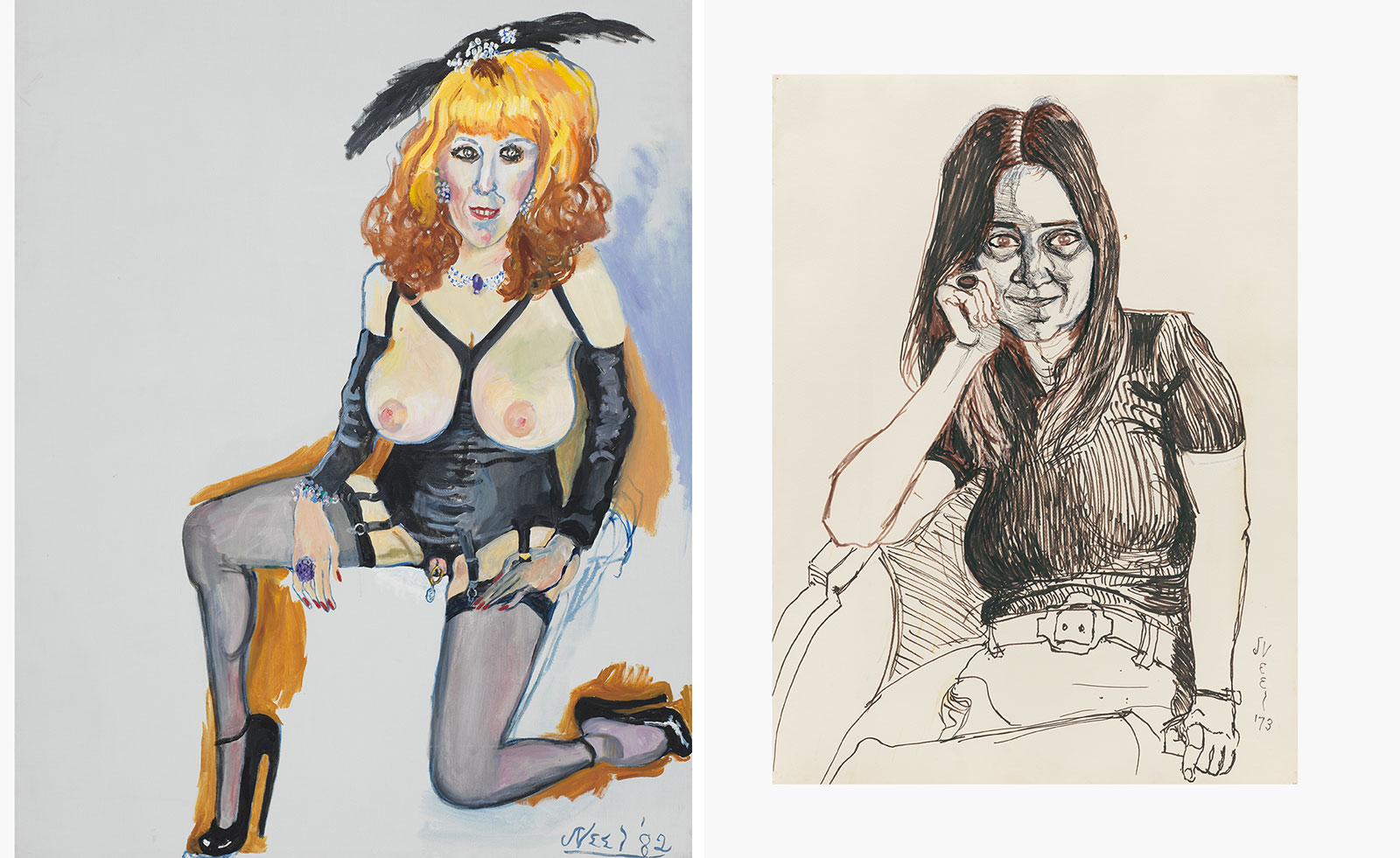 Alice Neel’s portraits celebrating the queer world are exhibited in London
Alice Neel’s portraits celebrating the queer world are exhibited in London‘At Home: Alice Neel in the Queer World’, curated by Hilton Als, opens at Victoria Miro, London
By Hannah Silver
-
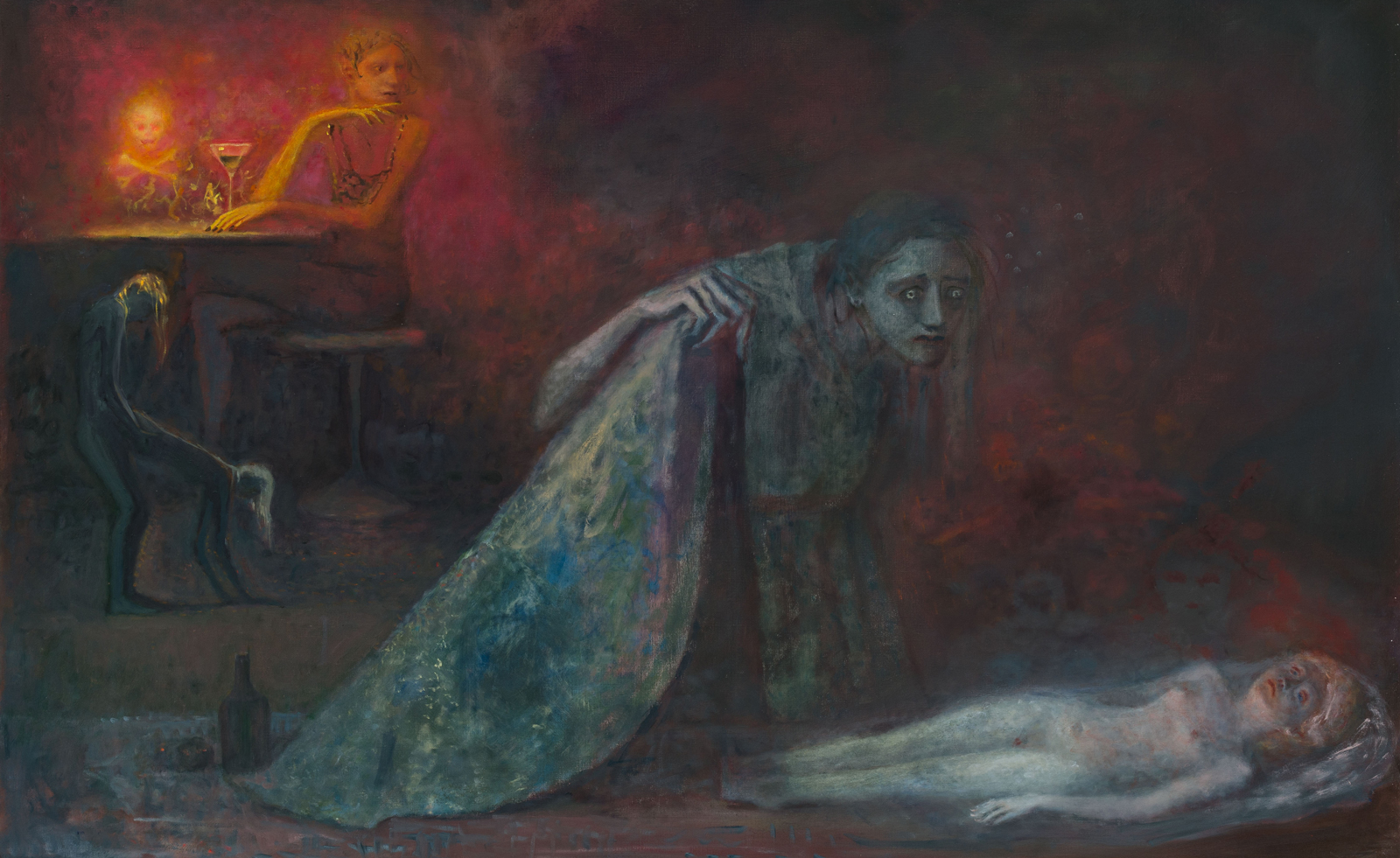 ‘You have to face death to feel alive’: Dark fairytales come to life in London exhibition
‘You have to face death to feel alive’: Dark fairytales come to life in London exhibitionDaniel Malarkey, the curator of ‘Last Night I Dreamt of Manderley’ at London’s Alison Jacques gallery, celebrates the fantastical
By Phin Jennings
-
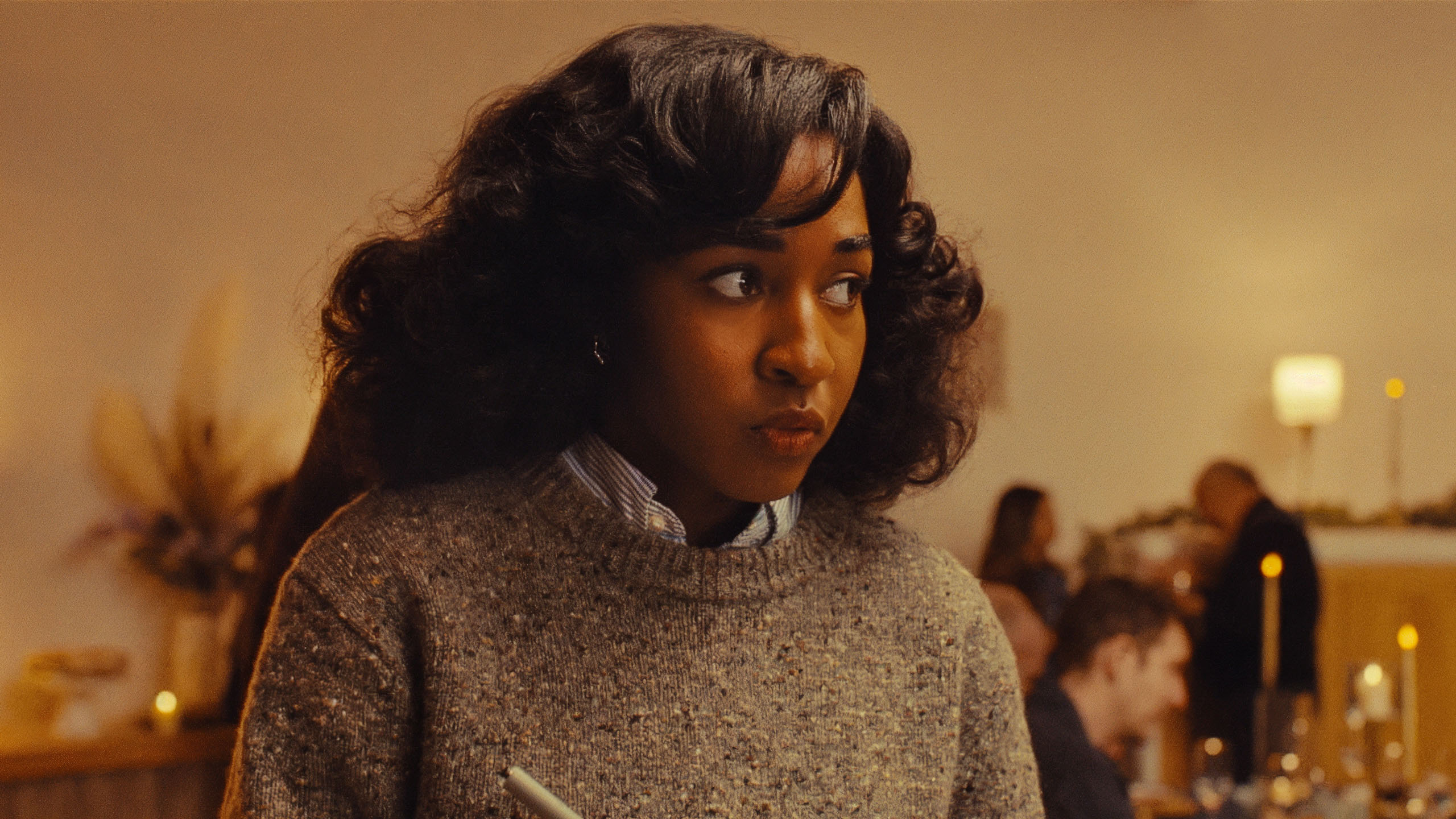 Sundance Film Festival 2025: The films we can't wait to watch
Sundance Film Festival 2025: The films we can't wait to watchSundance Film Festival, which runs 23 January - 2 February, has long been considered a hub of cinematic innovation. These are the ones to watch from this year’s premieres
By Stefania Sarrubba